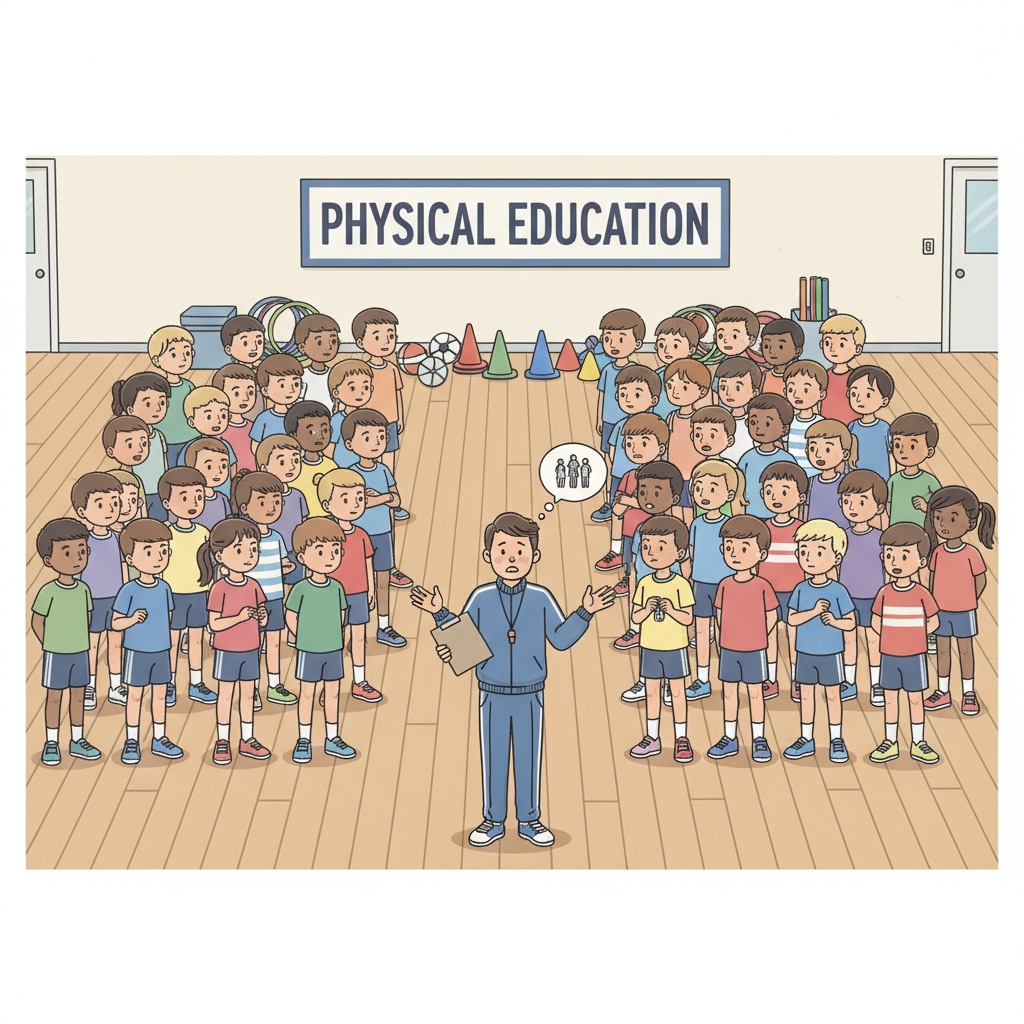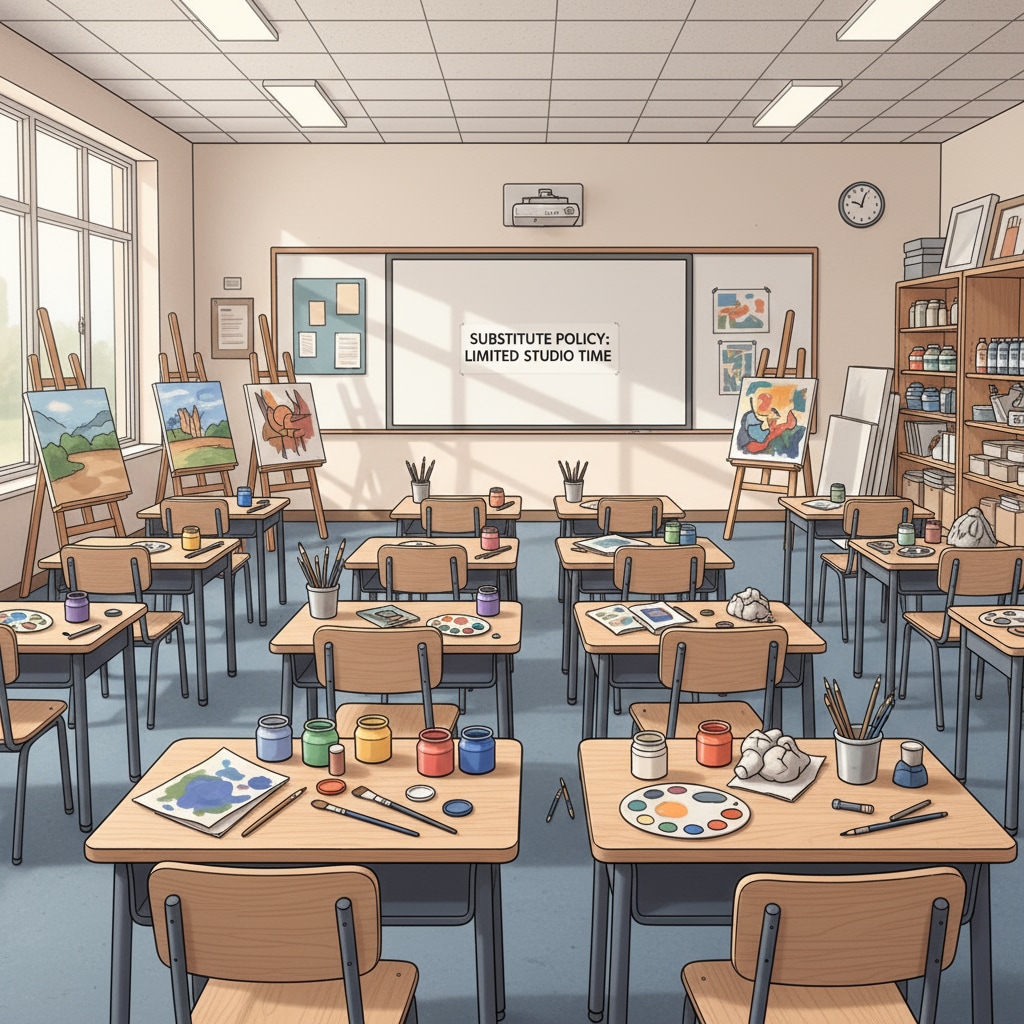In the realm of education, the issue of special subject teachers, substitute arrangements, physical education classes, and educational resources has taken center stage, especially in Florida’s public elementary schools. When special subject teachers are absent, a particular policy has been implemented that sends students to physical education classes. This policy has far-reaching consequences that need to be carefully examined.
The Rationale Behind the Substitute Arrangement Policy
The policy of moving students to physical education classes when special subject teachers are absent in Florida’s public elementary schools was likely implemented with certain considerations in mind. One possible reason is to maintain the school’s daily routine. With a large number of students, finding immediate and suitable substitutes for special subjects like art, music, or science can be a challenge. By sending students to physical education classes, schools can ensure that students are still engaged in an organized activity, rather than having unstructured free time. For example, in many schools, the administrative staff may not have a comprehensive database of qualified substitute teachers for these specialized subjects. As a result, this policy seems like a practical solution to keep the school day running smoothly. However, this seemingly convenient arrangement comes at a cost.

Negative Impacts on Students’ All-Round Development
This substitute arrangement policy has significant negative implications for students’ all-round development. Special subjects such as art, music, and science offer unique learning experiences that cannot be replicated in physical education classes. Art classes allow students to express their creativity, develop their aesthetic sense, and learn about different cultures through various art forms. Music classes enhance students’ musical skills, rhythm perception, and emotional intelligence. Science classes, on the other hand, cultivate students’ curiosity, critical thinking, and scientific inquiry abilities. When students are consistently redirected to physical education classes during the absence of special subject teachers, they miss out on these crucial learning opportunities. For instance, a student who has a natural inclination towards art may not get the chance to explore their talent further, which could potentially limit their future career options in the creative field. Therefore, this policy undermines the goal of providing a well-rounded education.

In addition to the academic aspect, the lack of exposure to special subjects can also affect students’ social and emotional development. Special subject classes often create a different social environment compared to physical education. In art or music classes, students collaborate on group projects, share their ideas, and build relationships based on common interests. This kind of interaction helps in developing students’ communication skills and teamwork spirit. When these opportunities are replaced by physical education classes, students are deprived of these valuable social experiences. As a result, their overall growth and development in these non-academic areas are hindered.
Readability guidance: As we can see, the negative impacts on students’ development are clear. The policy needs to be reevaluated to ensure that students receive a balanced education. We will now move on to discuss the impact on physical education teachers’ working environment.
Strain on Physical Education Teachers’ Working Environment
The policy also places a significant strain on physical education teachers’ working environment. Suddenly having a larger number of students in their classes due to the substitute arrangement can be overwhelming. Physical education teachers are not only responsible for teaching physical activities but also for ensuring the safety of students. With an increased student-to-teacher ratio, it becomes more difficult for them to provide individual attention and proper supervision. For example, during a typical physical education class, a teacher may be able to monitor and correct the form of each student when they are performing exercises. However, when the class size doubles or triples due to the influx of students from special subject classes, the teacher may struggle to keep track of everyone. This can lead to a higher risk of accidents and injuries. Moreover, physical education teachers may not be prepared to teach the curriculum of special subjects, which adds an additional burden to their workload. They may have to quickly adapt and come up with alternative activities to fill the time, which can be stressful and exhausting.
Elementary School Education Standards on Education.com provides more insights into the expected teaching requirements in elementary schools. As we can see, this policy not only affects students but also has a negative impact on the well-being of physical education teachers.
Imbalance in Educational Resource Allocation
Another aspect that needs to be considered is the imbalance in educational resource allocation caused by this policy. Educational resources are limited, and each subject area requires a certain amount of resources to function effectively. When students are constantly moved to physical education classes during the absence of special subject teachers, more resources are being directed towards physical education, while special subjects are left with fewer resources. For example, art classes may need art supplies such as paints, brushes, and canvases. Music classes require musical instruments and sound equipment. With fewer students attending these classes due to the substitute arrangement, the school may reduce the budget allocated to these subjects. This can lead to a decline in the quality of special subject education. Additionally, teachers of special subjects may have less opportunity to participate in professional development activities, further affecting the quality of teaching. Educational Resource Allocation on NEA.org offers a broader perspective on the importance of balanced resource distribution in education.
In conclusion, the policy of sending students to physical education classes when special subject teachers are absent in Florida’s public elementary schools has significant negative impacts on students’ all-round development, physical education teachers’ working environment, and educational resource allocation. It is essential that schools and educational authorities reevaluate this policy and establish a more reasonable substitute teaching mechanism. This could involve building a comprehensive database of substitute teachers for special subjects, providing professional development opportunities for teachers to handle substitute situations, and ensuring a more equitable distribution of educational resources. By doing so, we can ensure that students receive a well-rounded education and that the educational system functions more effectively.


